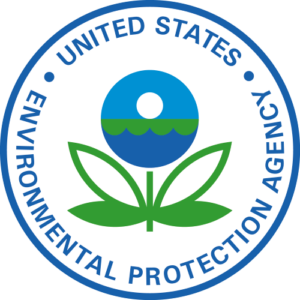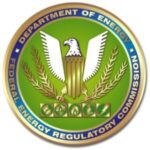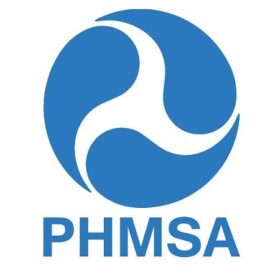
The Interstate Natural Gas Association of America (INGAA) respectfully submits these comments in response to the “Greenhouse Gas Reporting Rule: 2015 Revisions and Confidentiality Determinations for Petroleum and Natural Gas Systems” proposal (Proposed Rule).
Executive Summary
INGAA understands the need to collect blowdown data under Subpart W, but has concerns with the proposed requirements for tracking and reporting blowdowns. INGAA urges the EPA to consider several issues, including the following, before finalizing the rule:
· EPA should work with the Pipeline and Hazardous Materials Safety Administration (PHMSA) to consider the drivers for blowdown emissions and pinpoint areas where new policy, processes and technology could help reduce emissions.
· EPA should distinguish between its definitions for a transmission pipeline source category used in the Proposed Rule and its definitions for transmission compressor and underground storage sources that are already included in the Subpart W regulations.
· EPA should clearly define the applicability of the rule to intrastate pipelines.
· EPA should develop pipeline blowdown categories rather than relying on the existing event categories used for compressor stations.
· EPA should consider whether certain information such as latitude and longitude for each location is justified.
· EPA should consider additional exclusions for transmission pipeline blowdowns.
· EPA should consider extending Best Available Monitoring Methods (BAMM) without the need for pre-approval for the entire 2016 reporting year; and
· Finally, the EPA should provide several clarifications to avoid confusion in implementing the rule.
Explanation of blowdowns in natural gas transmission pipeline sector:
· A blowdown is the planned release of natural gas from the pipeline at a designated location to the atmosphere in order to conduct maintenance or prevent an unplanned release that endanger humans or cause property damage.
· Pipeline segment blowdowns are required to perform maintenance, assessments, pipe replacements and for safe pipeline operations.
· The Pipeline and Hazardous Materials Safety Administration (PHMSA) requires pipeline blowdowns as part of the pipe replacement (that is, population increases in the vicinity of the pipeline above specified thresholds) and for hydrostatic testing (which is when an operator tests the pipe using water under high pressures).
· Pipeline blowdowns can also be required for other pipeline safety purposes such as repairing damage to pipe due to excavation or other outside force damage.
· In some cases, but not all, the required pipeline segment blowdowns can be minimized if alternative technologies such as in-line inspection technologies exist and are allowed under the regulation to validate the pipe integrity.
· Blowdowns are necessary for the safe addition, extension and retirement of natural gas transmission pipeline facilities.







